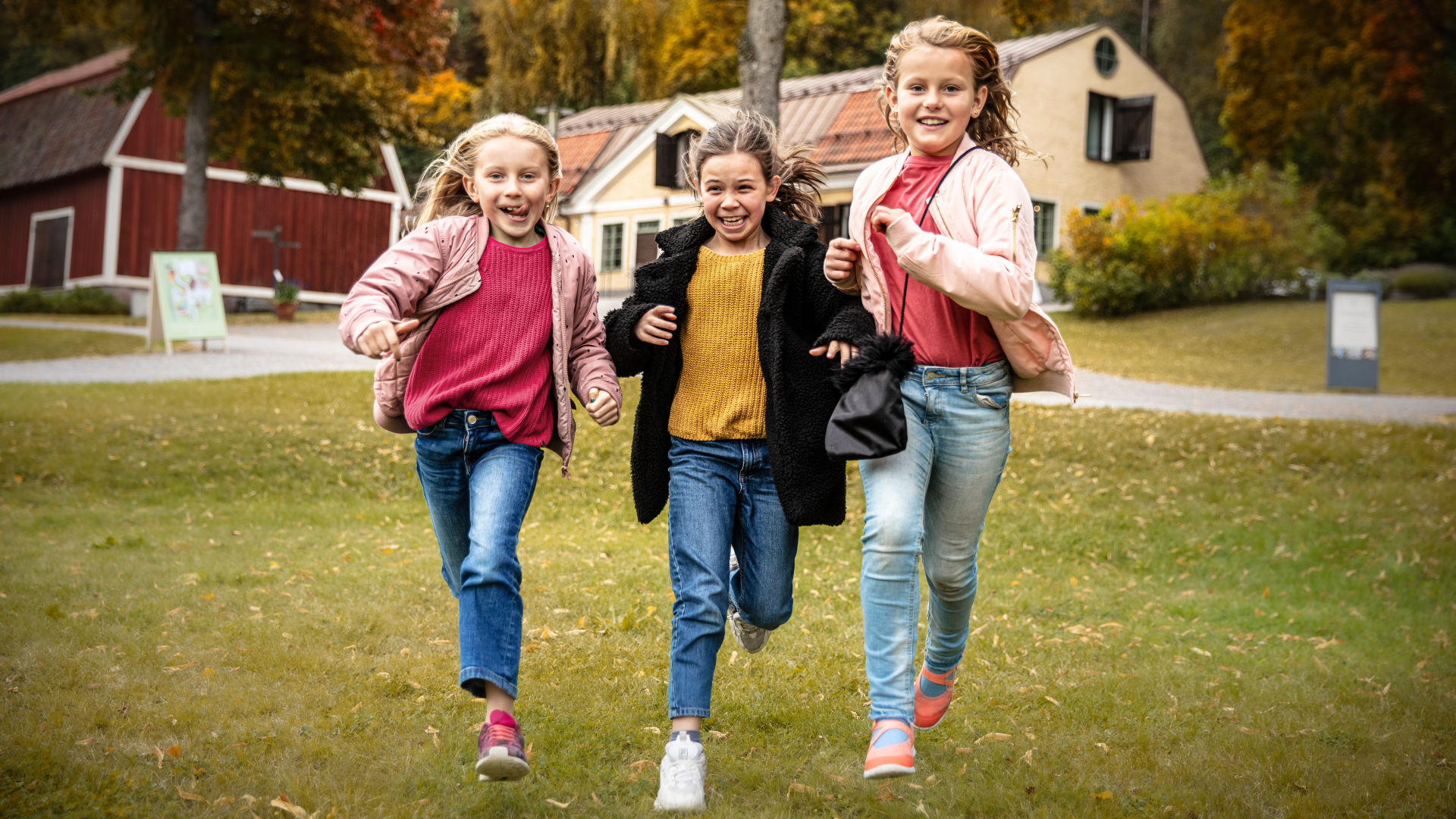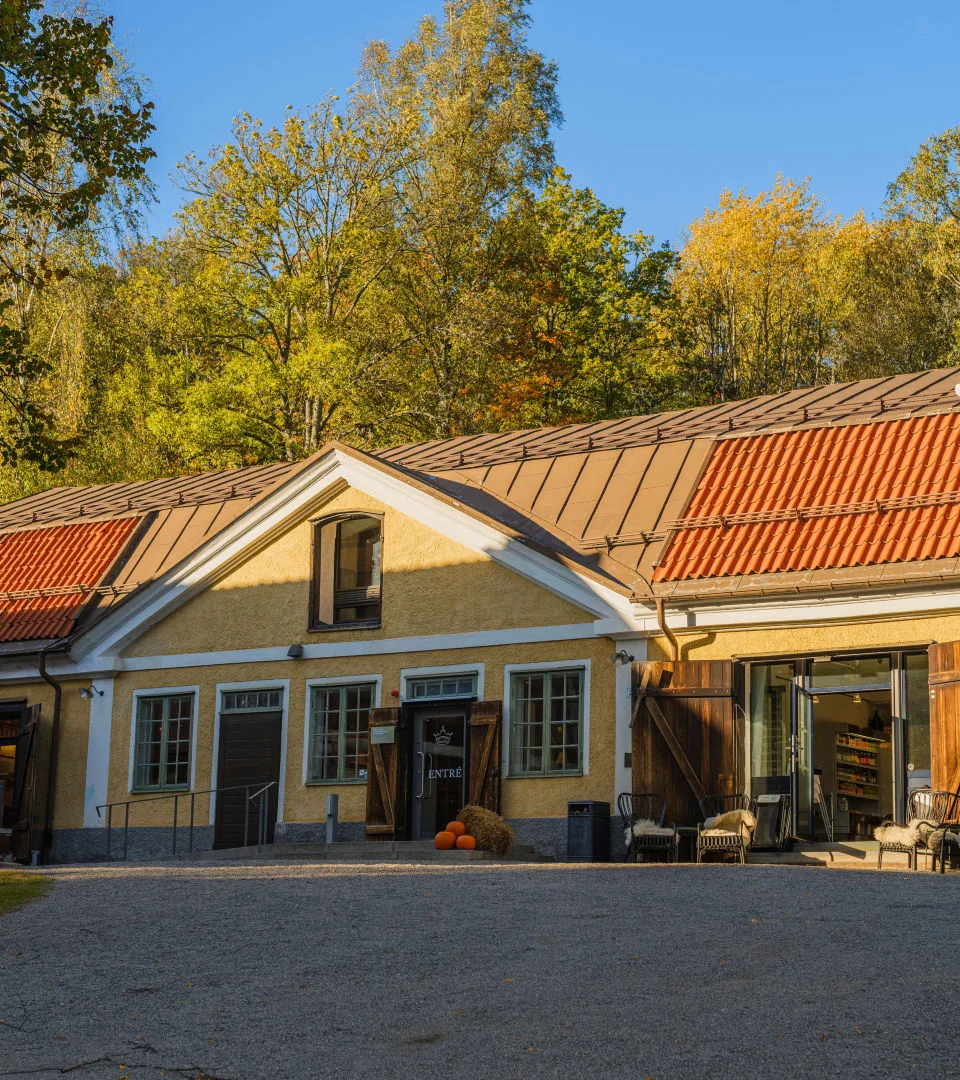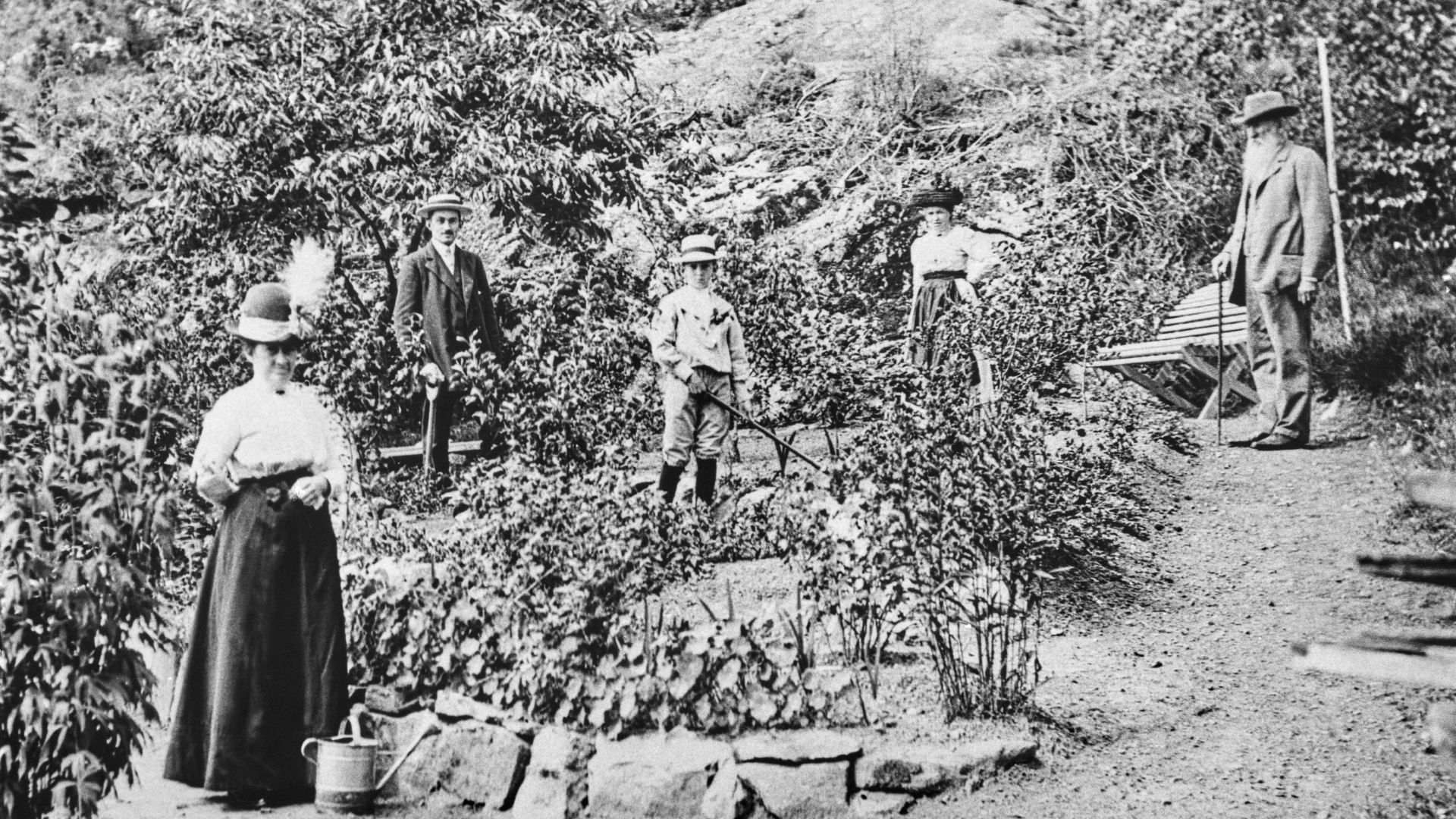
The park and gardens
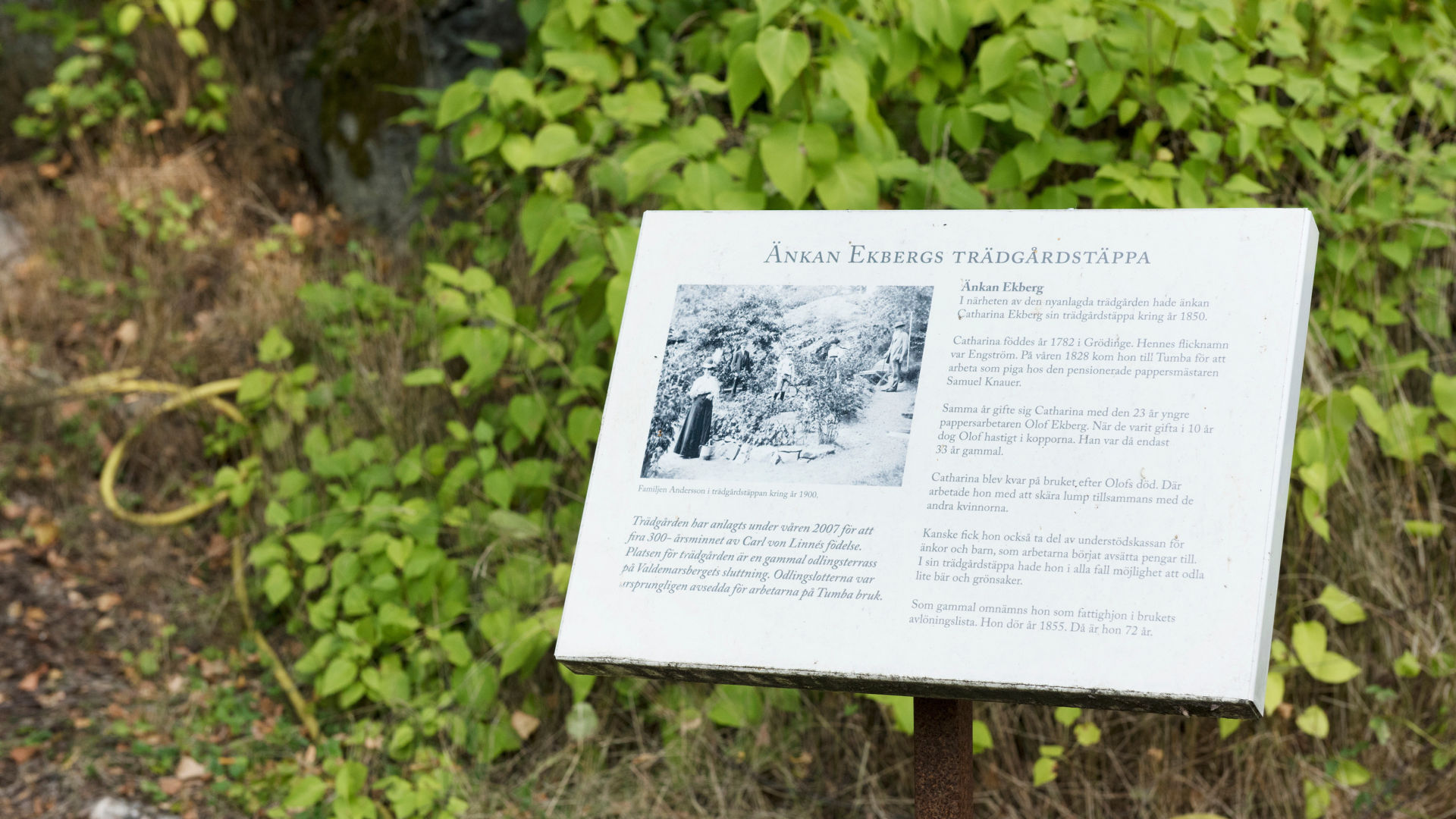
Permanent gardens
Widow Ekberg's allotment
Catharina Ekberg lived at the paper mill in the mid-nineteenth century. Catharina (1782-1855) came to the mill aged 46 to work as a maid, but instead married the same year to the paper worker Olof Ekberg, 23 years her junior. When they had been married for 10 years, Olof died of smallpox and Catharina became a widow.
Catharina had garden allotment number 29 on the slopes of Valdemarsberget but we don’t know exactly where. Today we grow plants that were common in Widow Ekberg’s day.
Up to fifty percent of the garden today is turnips, which were very common during the nineteenth century. Potatoes also began to be grown in fields during that period. Today we grow potatoes, peas, carrots, beans, spinach and dill.
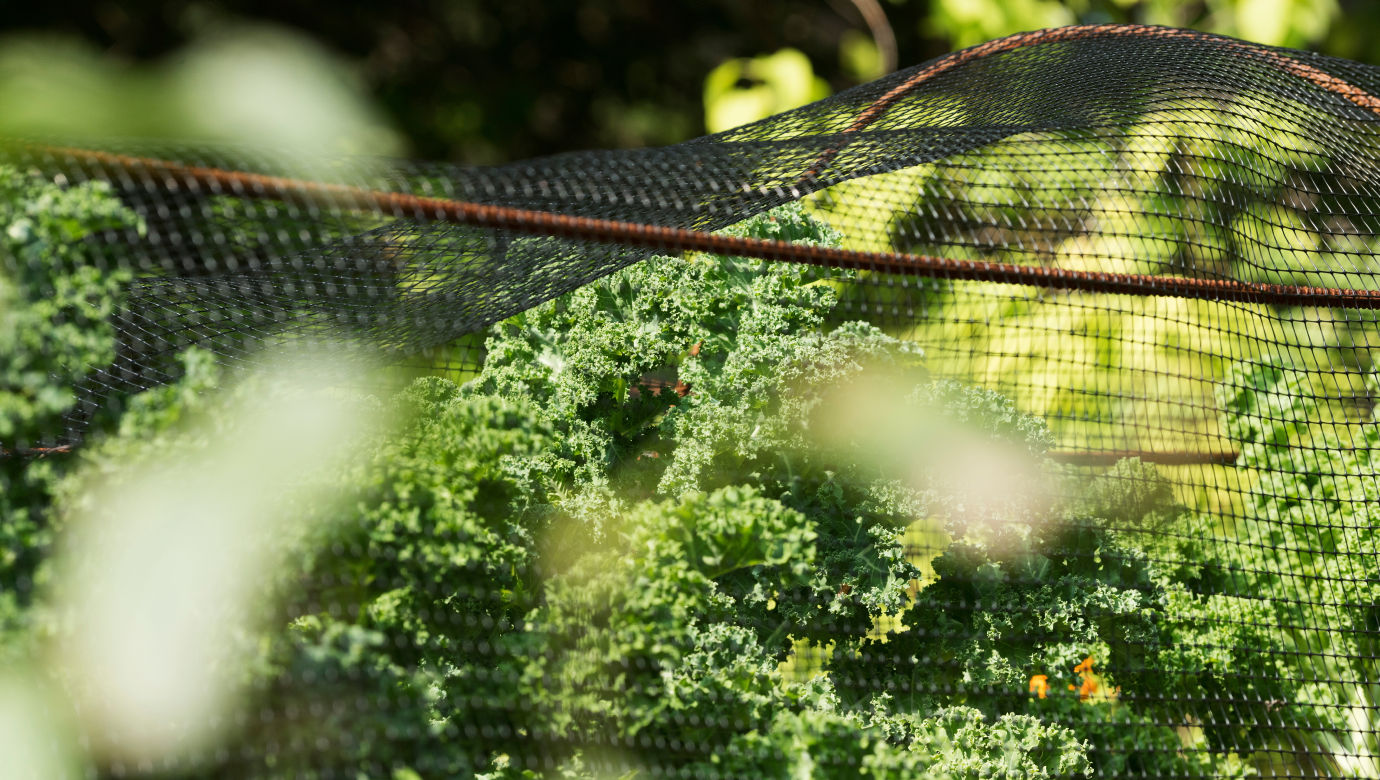
The kitchen garden
To the right of Widow Ekberg’s allotment you’ll see the Kitchen Garden, where we grow rhubarb, currants, asparagus and other tasty things.
The herb garden
Historically, women traditionally carried small bouquets of fragrant herbs with them to church, often in the hymnal. The combination of herbs varied locally and regionally. The selection grown here today is based on those herbs.
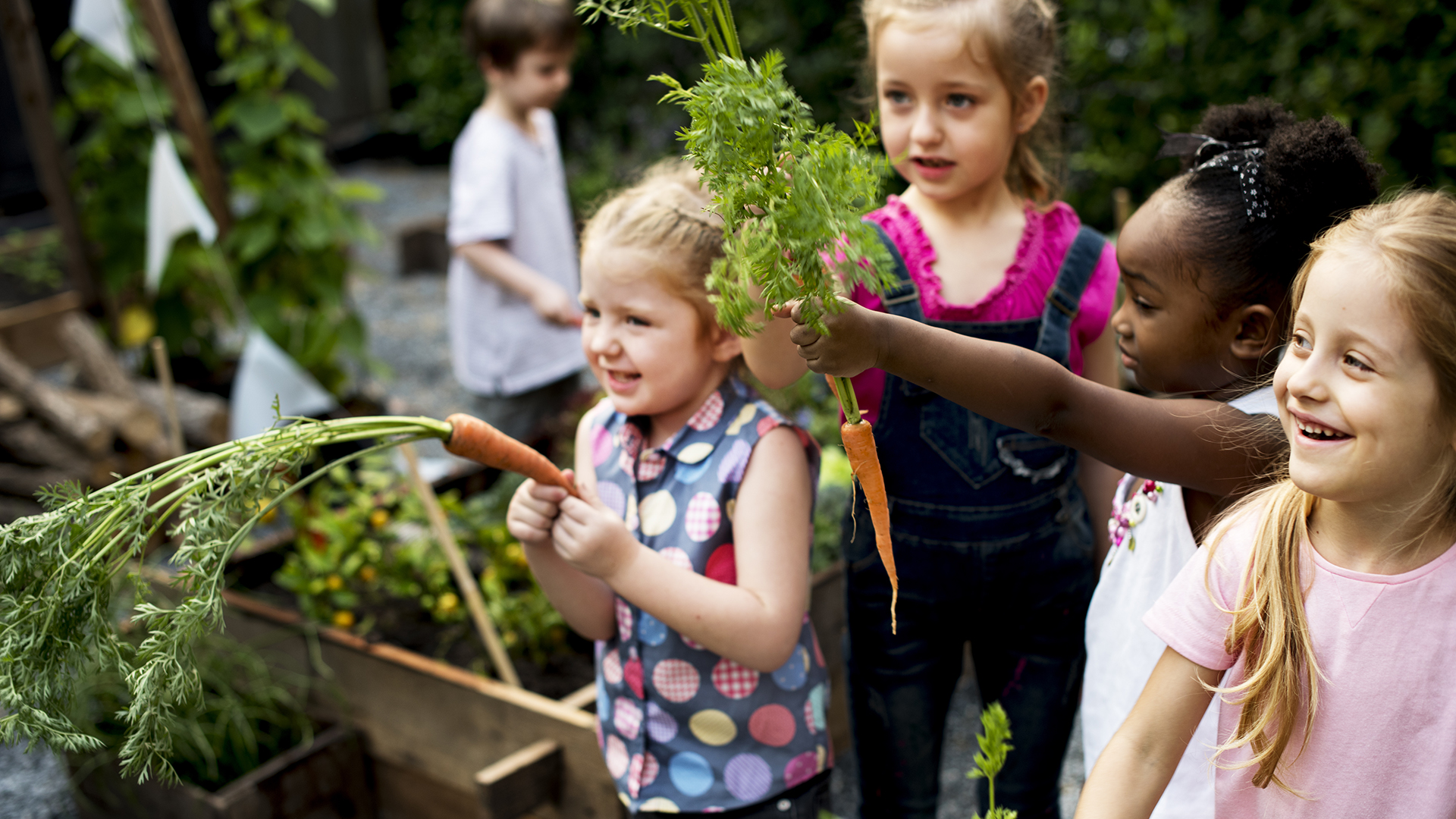
The school garden
Did you know that there was a school garden at the paper mill even around the turn of the 20th century? It was established in 1868 as a way to teach children about garden work. Sugar snap peas, beans, spinach and carrots were grown.
The adults weren’t always keen on the children gardening here. They would have preferred the children to work on the family allotments.
In our modern school garden, we farm together with students from a local school in Tumba. The goal is for students to understand the cycle between earth and the food we eat. During the 2025 season we will have a digital lesson (in Swedish) that all students in Sweden can take part in. Please contact us for more information.
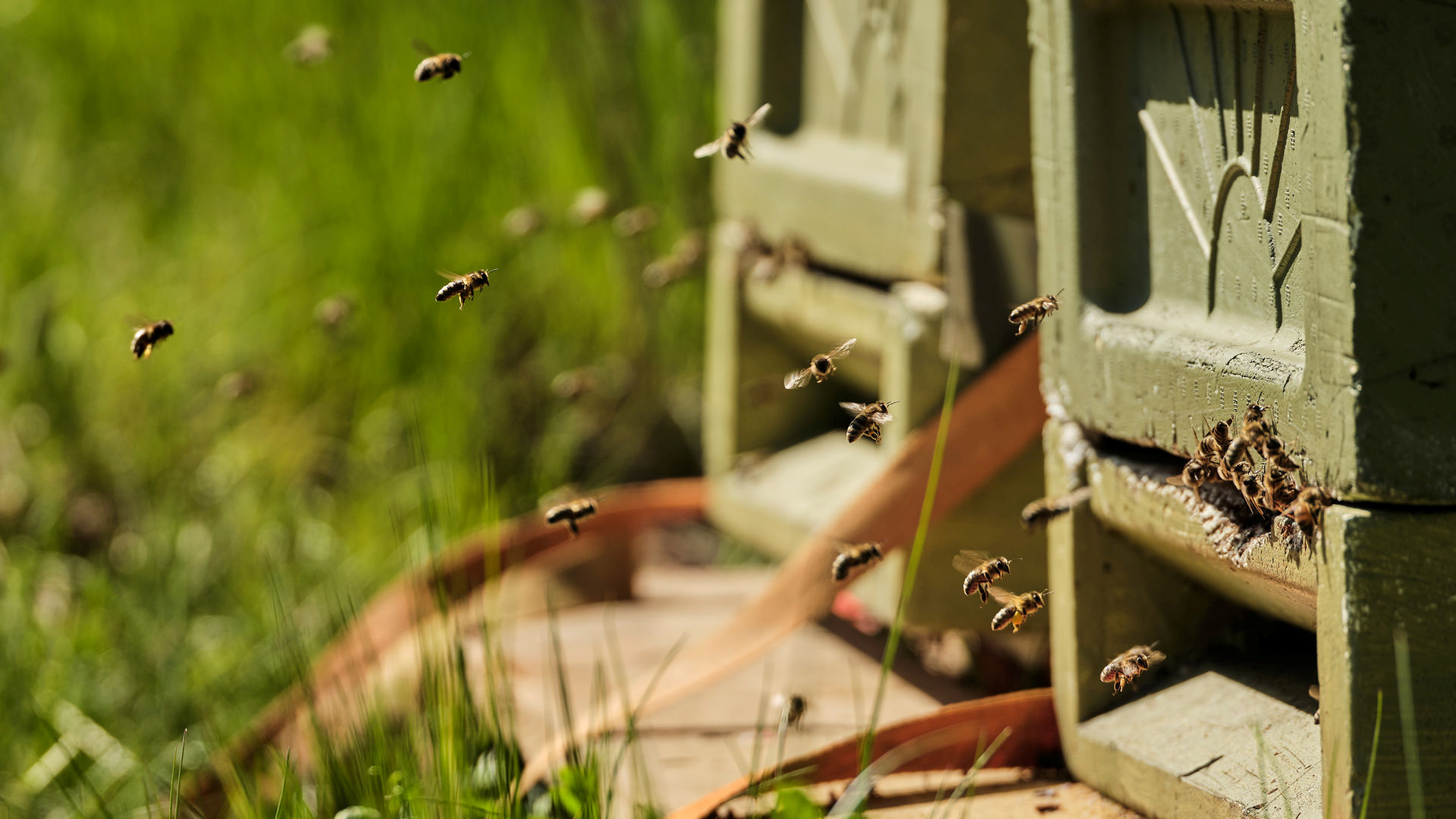
Our beehives
Behind the Oxhuset building you will find our beehives with honey bees. The honey produced by the bees is available for purchase in the museum shop.
Explore the surroundings
In the museum surroundings, you will find several buildings with different areas of use and character. Each house presents a part of the mill, the origin of banknote production and its history. You are welcome to visit the museum and its surroundings on your own and feel free to download one of our free audio guides.
Accessiblity in the exhibition
The gardens are located beside Oxhuset, the museum's main building, with entrance and shop. The gardens are accessible with prams but not with wheelchairs (uneven terrain).
